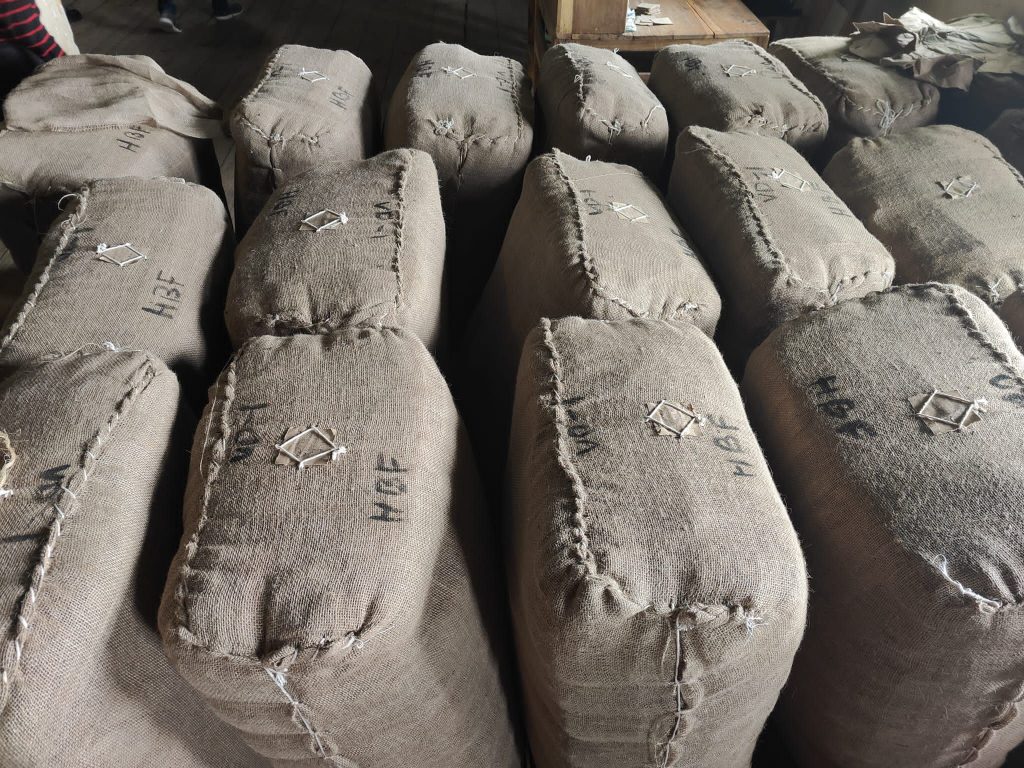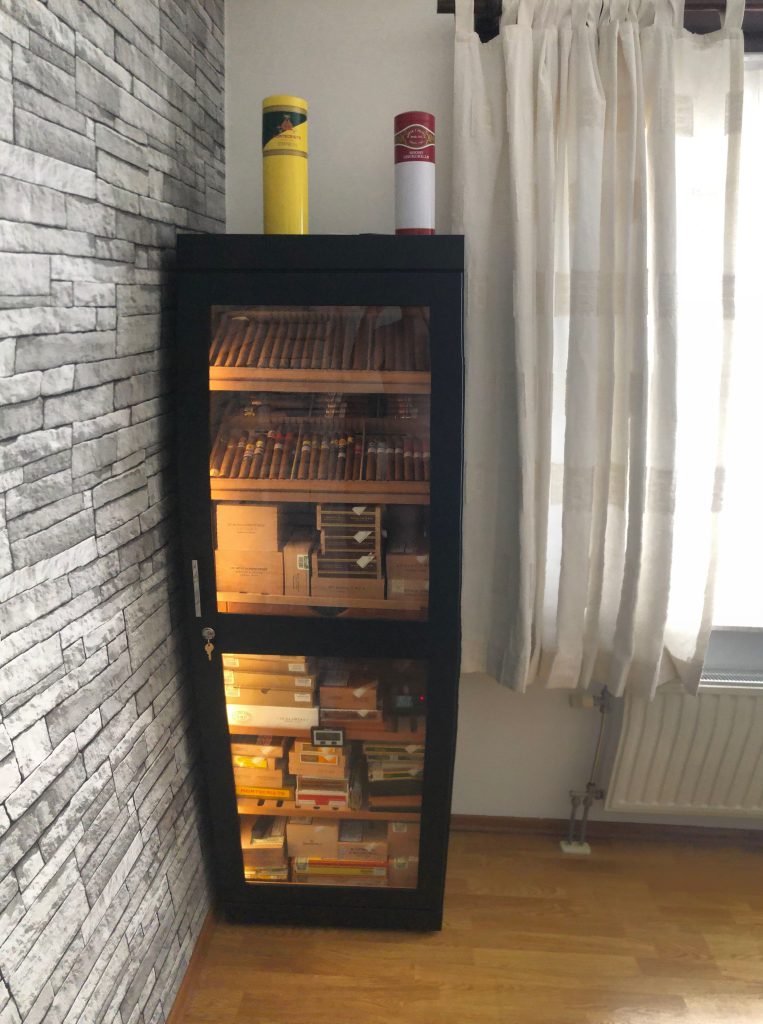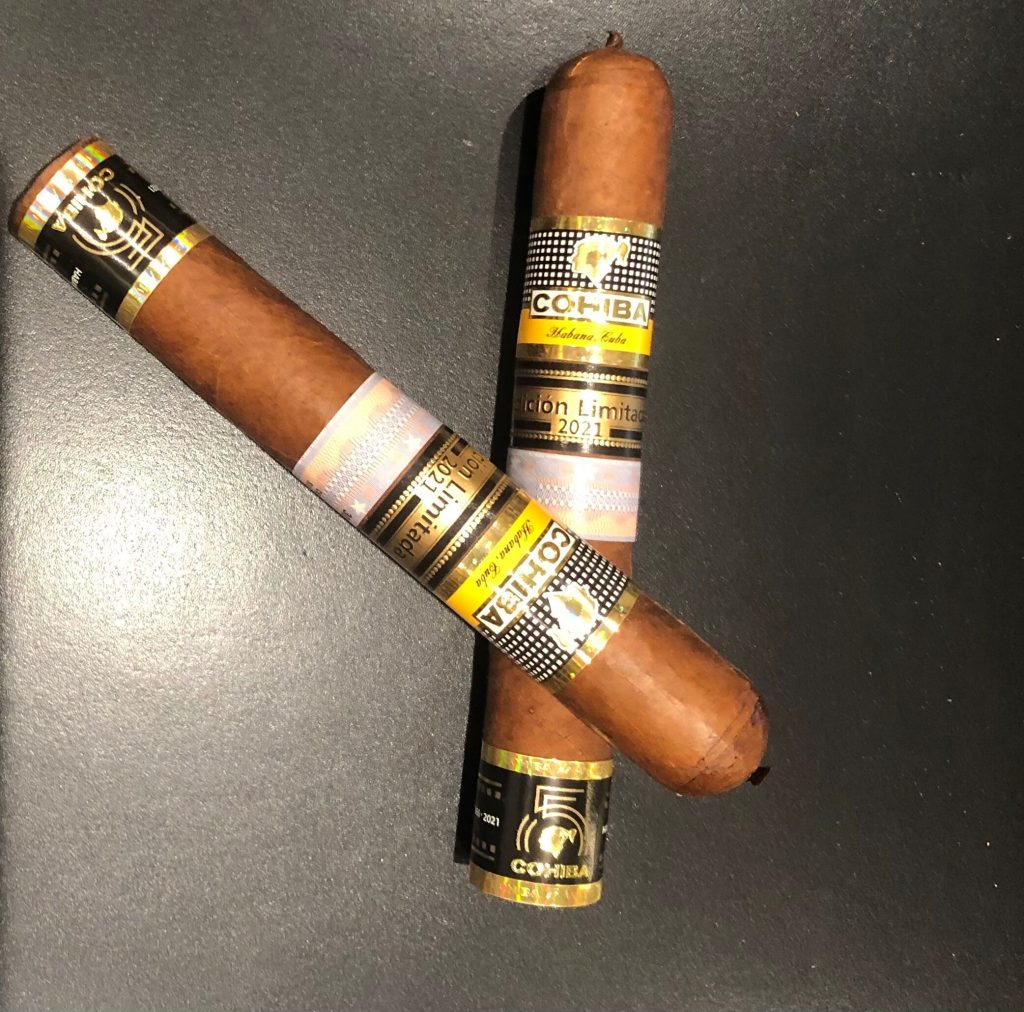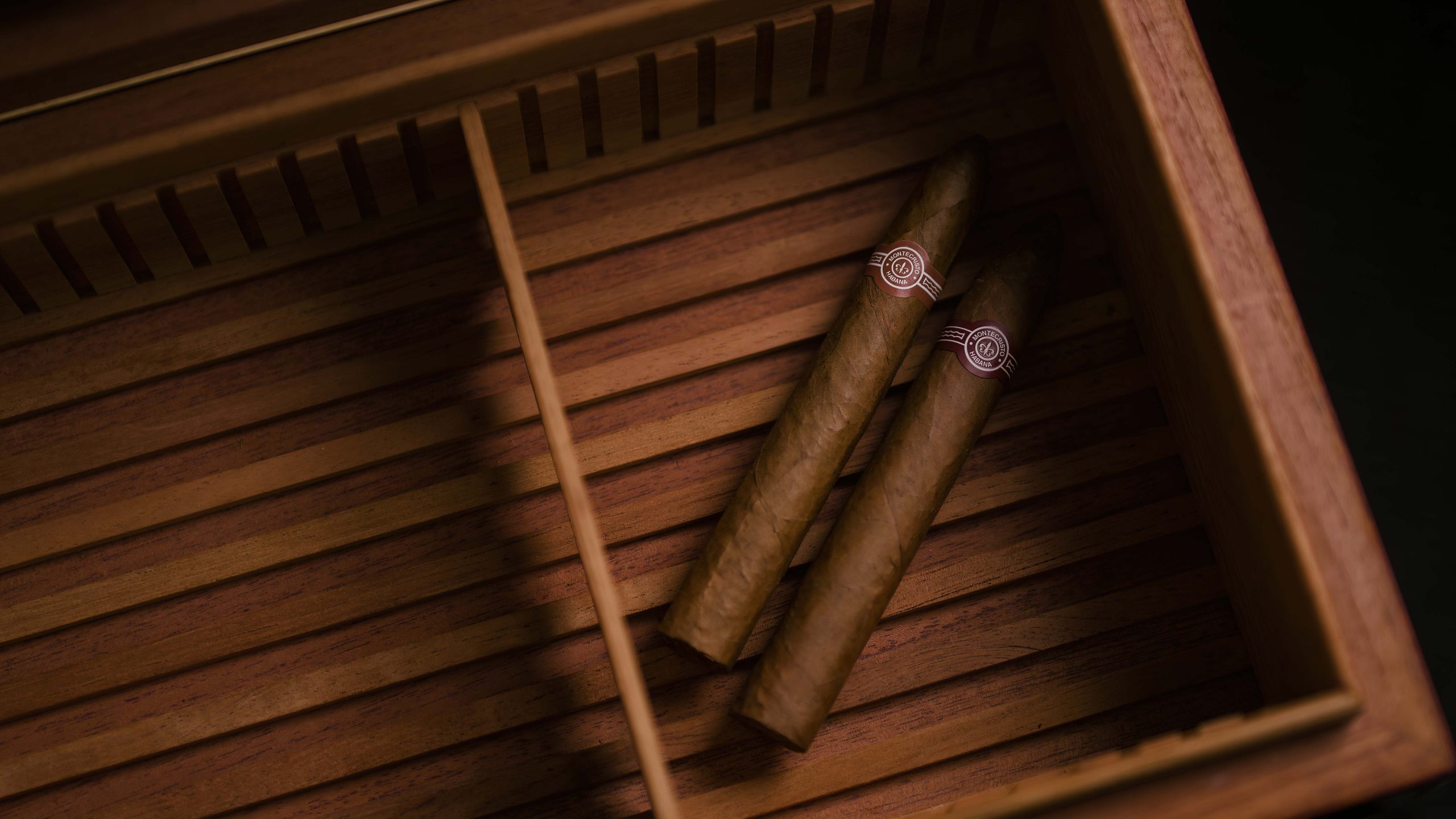Aging cigars can be an exciting project to start with. But what is the right way to age your beloved cigars? Here at Cigar Inspector, we took the liberty of asking multiple cigar distributors and cigar producers what they think is the best method of aging cigars.
Why Should You Age Cigars?
Aging a cigar will definitely benefit the taste the cigar will deliver to you. It’s kind of the same principle when you age a good wine. Thanks to the process of aging, you allow your tobacco leaves to ferment and mellow. This will enhance the taste and the aroma of the cigar. When you age a cigar, tannins are released and sugar levels increase, which leads to a rounder, mellower, distinctly aromatic taste.
The Multiple Ways to Age Cigars
First up, we have the fermentation process that the leaves undergo after harvesting. Depending on which leaves they are, they will get 1 to 2 and sometimes even 3 or 4 fermentation processes. This fermentation is needed to remove toxins and other impurities. A fermentation room will always smell like ammonia. Most cigar smokers will already have tasted a cigar where the taste of ammonia is present; this points out the usage of tobacco that wasn’t ready to be processed yet, and then you need to age it so that the cigar will be better next time you smoke it.
The second option is aging after the cigars are rolled and are sealed in a box. I personally feel that if you buy a box of New World or Cuban, that the cigars deserve a minimum aging of 2 years. After 2 years, your cigars will have a nice oily wrapper and the flavor is optimal. But aging, after all, can take way longer than 2 years. For instance, Habanos releases every year aged series. The cigars they release sometimes are aged for up to 10 years. But how do they age? What is the perfect setting for aging cigars?
Humidor and Environment
The first thing you need is a good humidor to put your boxes in so that you are sure the cigars can age nicely in a humidity-controlled space embraced by cedarwood. I personally own an Adorini Roma humidor, and it works perfectly. I calibrated my electronic humidifier system by using multiple Xikar digital hygrometers. Digital meters will give you a correct reading, and they refresh every 10 seconds. If you don’t own a humidor yet, make sure to read my article about humidors so that you can choose wisely.
The setting of the humidor needs to be consistent. If the humidity level or temperature changes a lot inside the humidor, it will affect your cigars or, even worse, lead up to dried-out cigars or cigar mold. My humidor is set at 16 degrees temperature and a humidity level of 64 percent. I chose this setting because I mostly age Cuban cigars, and this is the setting Habanos prefers. You also need to make sure that the airflow inside your humidor is perfect. If you don’t have any fans inside your humidor, you need to rotate the cigars manually so that all the cigars get the same humidity. Humidity levels are always higher at the bottom of the humidor; placing a few fans ensures that the air will move around, and that the humidity is spread evenly.
Regarding the environment, it’s best to place your aging humidor in a location that has little to no sunlight. The Adorini I own (like most big cabinets) has a front panel with windows in it so that you can see your cigars. If sunlight shines directly on the cigars, it can lead to dry cigars, which will have a bad burn and different taste. The cheapest option to fix a glass front panel is to paste a UV-resistant sticker on the glass. Room temperature needs to be between 14-16 degrees Celsius for optimal conditions.
How Long Should You Age Cigars For?
Well, this is the golden question that doesn’t have a correct answer to it. I personally find cigars at their best between 2 and 8 years. I’m talking about Cubans right now. I think this depends on the taste that you prefer when smoking a cigar. Keep in mind that after 8 years, a cigar will start losing oils, and it will look dryer. However, recently I smoked a Cohiba Lancero that was given to me as a gift. The cigar was 23 years old, and boy, it was incredible!! Nothing like the taste that I was used to from the lancero but still an impeccable smoke! Some cigars will probably peak at 4 years and then they will plateau, but there is no correct answer to this topic. I can only say experiment for yourself and find cigars that you find better when aged and start aging them.
The Difference Between Aging Cuban and New World Cigars
I say yes! And for one simple reason. Cuban cigars are fresh. They receive their 1-3 fermentations and then they go off to the factory and afterward they are shipped out to sell all over the world. The problem is that you have a young cigar. If you look at the bottom of a box, you will find a box stamp with the date on it. Most of the time, it will be boxes that are just a few months old or, at best, a year. So I find when I smoke a “fresh” Habanos that there are certain tastes like salty, ammonia, and so that points to the usage of young tobacco; if aged, these flavors will disappear and make room for maple syrup and so on. There are a few Habanos smokes that are aged before production. A limitada Habanos uses tobacco that is a minimum of 2 years old, Cubans with the band reserva on them have leaves that have been in a bale for at least 3 years, and with Gran Reserva 5 years.
New World cigars, however, are kings when it comes to fermentation and aging. Think of brands like Casdagli, Padron, Arturo Fuente… look it up, all of the used tobacco is old! Sometimes they’ve gotten a 4th fermentation of 2.5 years! Look at Daughters of the Wind from Casdagli. The Peruvian tobacco used in this blend is a whopping 2.5 years old. Look at the A.L.R series of Rocky Patel. Rocky aged (for the first time ever) the finished product in his private humidor for an additional couple of years. I find when I go to a cigar shop and purchase a New World smoke that they are ready to smoke immediately. Currently, I am experimenting with aging some high-end Arturo Fuente but more on that in 5 years.
Methods of Aging Cigars
Besides aging your boxes inside your humidor, there are other options as well. I tried these options, but I personally don’t find them as effective as the traditional method. Aging is a process that requires time and patience. But still.
Dry Aging
Dry aging is done when you want to rush the aging process. You take the cigar you want out of the humidor and place it in a dry space for 24-48 hours. What happens is that the humidity will get extracted from the cigar, and thanks to this, other toxins escape as well. The very big disadvantage is that you will smoke a dryer cigar, so it won’t burn as well, and a lot of flavor and definition get lost when doing this.
Freeze Dry Aging
I would definitely recommend freeze aging cigars before you apply the standard aging process. Freeze aging is literally what you think. Freezing your cigar. If you buy customs, this is an absolute must because freezing will kill any tobacco beetle or disease the imported product may carry. It works like this: put the cigars in the refrigerator for 1 day, afterward, you place them for 5 days in the freezer with a temperature of -22 degrees Celsius, then back in the fridge for 1 day followed by a dry age day and then quarantine for a month (I use a big Tupperware container that I can seal and put Boveda packs of 65 percent with them). Thanks to freeze aging, the ammonia found in the cigar will evaporate more quickly, taking the sharp edge off the taste.
Final Thoughts
Aging is a well-discussed topic in the cigar business. Everyone has their own way of aging and fermenting tobacco, but I think it’s best to see which cigars you want to age. You want to age Cubans? Perfect, set your humidor to 64 percent and temperature to 15 degrees. Do you want to age New World? Perfect, set the humidor to 68 percent at a temperature between 15-17 degrees. The right answer regarding settings and period lies with you, our reader. Age according to your tasting palate and experiment around! But don’t forget cigars are meant to smoke, so don’t rob yourself of the pleasure of cracking open a box and taking one out!
Article by: Lukas Magdeleyns



